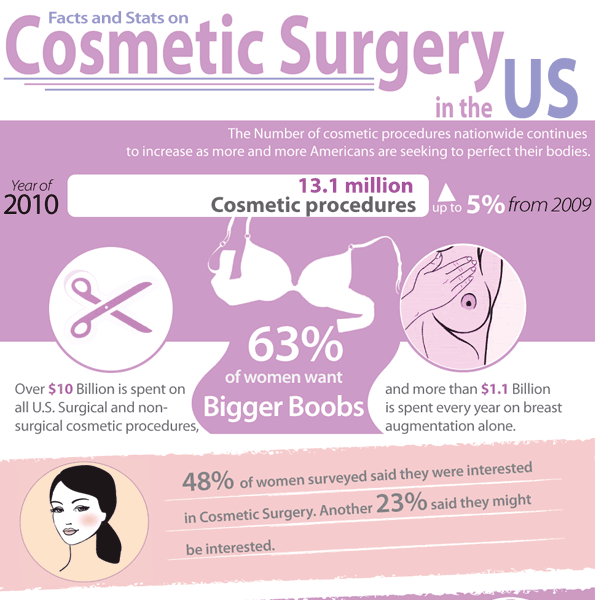Hormonal acne is defined by clogged pores and oily skin that typically shows up on the chin and jawline. It happens when hormonal changes activate inflammation and microbial overgrowth within hair roots.
Outbreaks might appear as whiteheads, blackheads, papules or pustules and cysts or nodules in much more serious situations. It is a lot more usual in teenagers going through puberty but can affect adults of any type of age.
What Triggers Hormonal Acne?
While acne can be triggered by a selection of variables, consisting of making use of hair and skin treatment items that aren't oil-free or made with active ingredients that could clog pores, genetic predisposition, diet,2 and tension, the root cause is varying hormones. Hormonal acne happens when the body experiences hormonal modifications and fluctuations that result in an overproduction of sebum, which triggers inflammation, enhanced growth of germs and modifications in skin cell activity.
Hormonal acne is frequently found on the lower jawline, cheeks and neck but can show up anywhere on the body. It is identified by imperfections that are cystic, painful and filled with pus or other product. It is additionally more probable to take place in ladies than guys, particularly during puberty, the menstrual cycle, pregnancy or menopause.
Age
While several children experience acne at some time throughout adolescence, it can remain to afflict adults well into adulthood. Called hormone acne, this kind of outbreak is connected to fluctuations in hormones and is typically most usual in females.
Hormone acne happens when oil glands create too much sebum, which clogs pores and catches dead skin cells. This brings about the development of acnes, such as whiteheads, blackheads and papules, pustules, cysts or nodules, deep under the surface.
This sort of acne usually triggers pain, redness and swelling. It might additionally be intermittent and show up around the exact same time monthly, such as right before your duration starts. This is because degrees here of women hormonal agents like progesterone and oestrogen change with each menstrual cycle.
Menstruation
Hormonal acne generally appears in the reduced part of your face, along the jawline and cheeks, as whiteheads, blackheads or inflammatory pimples (pimples and cysts). It's more than likely to show up around the time when your menstrual cycle changes.
Especially around ovulation, when estrogen and progesterone degrees are on the surge, hormonal agent fluctuations can trigger breakouts. Yet it's additionally feasible to obtain acne at any factor throughout your 28-day menstrual cycle.
If you see that your hormone acne flares up right prior to your duration, try seeing when precisely this happens and see if it relates to the stages of your 28-day menstrual cycle. This will certainly assist you pinpoint the origin of your skin difficulties. For example, you may want to work with balancing your blood sugar and cutting out high-sugar foods, or take into consideration a prescription medicine like spironolactone that can control your hormones.
Maternity
Growing a child is a time of significant hormonal changes. For several ladies, this includes a flare-up of hormone acne. This kind of outbreak normally begins in the initial trimester, around week six. It's caused by hormonal agent surges that boost sweat glands to make more oil, which can obstruct pores and trigger even more germs to build up.
Outbreaks may additionally happen as a result of pre-existing problems like polycystic ovary syndrome, which can also be a concern during pregnancy and menopause. Additionally, some types of contraceptive pill (such as Ortho Tri-Cyclen and YAZ) can set off hormone acne in some ladies.
Thankfully, a lot of acne treatments are "no-go" for expecting women (consisting of popular acne-fighting components such as isotretinoin and spironolactone). However if you can not avoid those aggravating bumps, your physician might recommend dental erythromycin or cephalexin, which are risk-free while pregnant.
Menopause
As ladies come close to menopause, the estrogen levels that created their hormone acne to flare during adolescence begin to support and lower. At the same time, however, a spike in androgens (additionally referred to as male hormones) happens due to the fact that these hormonal agents can't be exchanged estrogen as effectively as previously.
The excess of androgens can activate oil production by the sweat glands, which blocks pores. When the stopped up pores come to be swollen and inflamed, an acne forms.
Hormone acne is usually seen on the face, specifically around the chin and jawline, however it can take place on the neck, back, shoulders, or chest. This kind of acne often tends to flare up in an intermittent pattern, comparable to the menstrual cycle. Anxiety, which enhances cortisol and tosses hormones out of balance, likewise adds to the breakouts.
